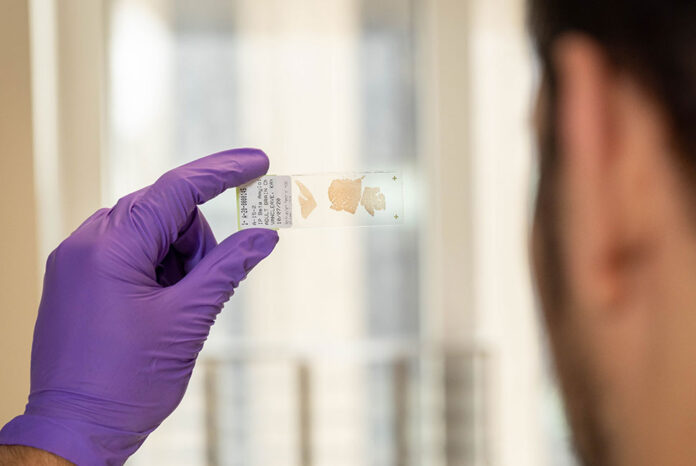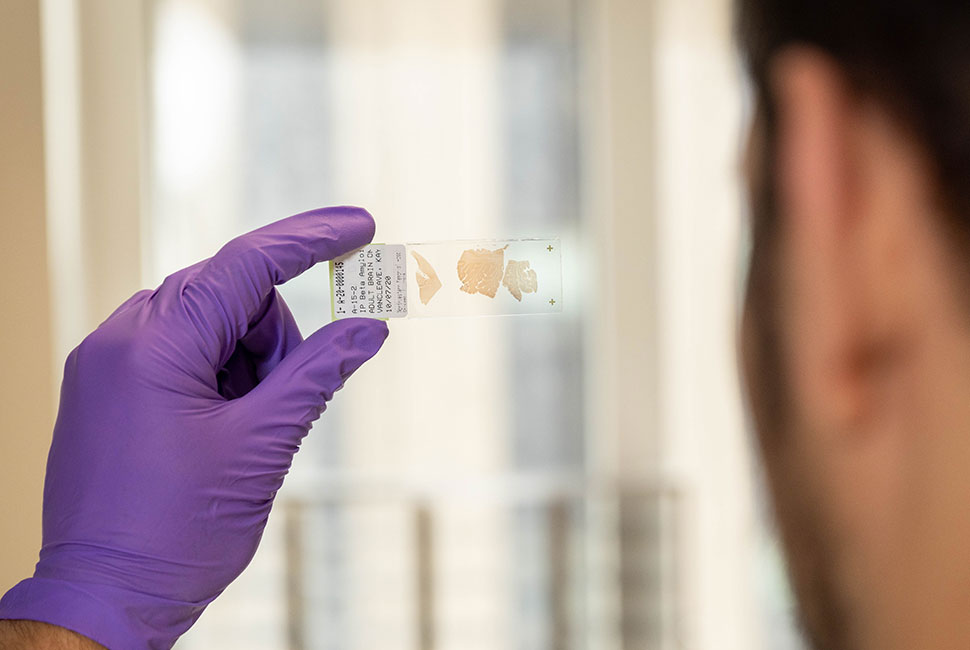 Credit: Shane Collins / Northwestern University
Credit: Shane Collins / Northwestern University
A 25-year long study following hundreds of so-called “SuperAgers” has identified multiple biomarkers linked to improved memory and resistance to neurodegeneration. Published today in Alzheimer’s & Dementia, these findings could pave the way for new therapeutic strategies to preserve cognition as we age and protect brains from neurodegenerative diseases such as Alzheimer’s.
“Our findings show that exceptional memory in old age is not only possible but is linked to a distinct neurobiological profile,” said Sandra Weintraub, PhD, professor of neurology, psychiatry and behavioral sciences at the Northwestern University Feinberg School of Medicine. “This opens the door to new interventions aimed at preserving brain health well into the later decades of life.”
SuperAgers are individuals 80 years or older with exceptional memory and cognitive skills, comparable to those of people at least 30 years younger. The term was coined in the late 1990s by Marsel Mesulam, MD, professor of neurology at the Northwestern University Feinberg School of Medicine and senior author of the study.
A total of 290 SuperAgers have been enrolled in the study since it began back in the year 2000. So far, 77 brains donated by SuperAgers have been autopsied and studied with the goal of better understanding the biological features behind the outstanding performance of these individuals.
“It’s really what we’ve found in their brains that’s been so earth-shattering for us,” said Weintraub. “What we realized is there are two mechanisms that lead someone to become a SuperAger. One is resistance: they don’t make the plaques and tangles. Two is resilience: they make them, but they don’t do anything to their brains.”
The study found that cholinergic neurons located in the basal forebrain showed significantly fewer neurofibrillary tangles in SuperAger brains. In individuals diagnosed with Alzheimer’s and other neurodegenerative conditions, these neurons are typically among the first to undergo neurodegeneration driven by the accumulation of neurofibrillary tangles.
Neuroimaging of SuperAger brains showed that they are also resistant to cortical thinning, a hallmark of aging where the brain cortex progressively loses volume. While some thinning was still observed in SuperAgers, this happened at a much slower rate compared to younger participants with a typical brain.
In particular, the anterior cingulate region of the cortex was found to have much greater thickness in SuperAgers compared to participants in their 50s and 60s. This brain region is linked to motivation, emotion and social behaviors, matching previous findings indicating that the main lifestyle factor all SuperAgers have in common is their highly social nature.
Neuropathology analyses showed that SuperAgers have larger numbers of Von Economo neurons, specialized cells that are present in species with extensive and complex social behaviors, such as great apes, cetaceans and elephants. SuperAgers also presented bigger entorhinal neurons, which are critical for memory skills, leading the researchers to hypothesize that this increase in size may be one of the mechanisms making the brain resistant to neurodegeneration.
Taken together, these findings provide valuable insights into the multiple mechanisms that converge in the brains of SuperAgers to enable resistance and resilience against neurodegeneration. “In the future, deeper characterization of the superaging phenotype may lead to interventions that enhance resistance and resilience to involutional changes considered part of average brain aging,” the researchers concluded.

